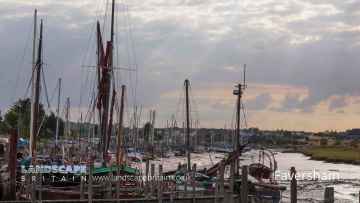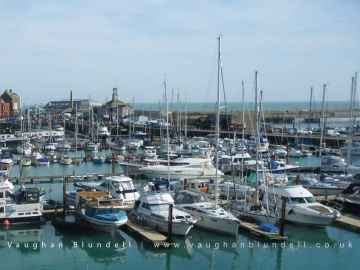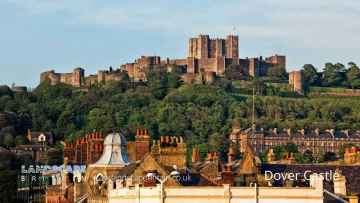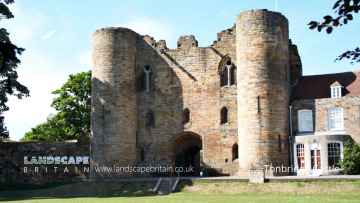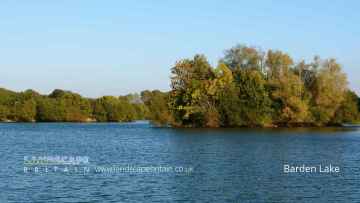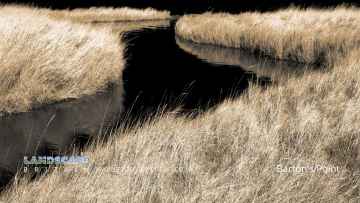Strood
Strood is a Village in the county of Kent.
Strood postcode: TN17 4JJ
There are great places to visit near Strood including some great towns, historic buildings, beaches, parks, museums, castles, shopping centres, cities, ruins, country parks, lakes, coastal parks and airports.
Faversham, Broadstairs, St Peter's, Ramsgate, Chatham, Margate, and Dover are some of Strood best towns to visit near Strood.
Strood has some unmissable historic buildings nearby like Nuckell's Alsmshouses, The Old Curiosity Shop, The Palace Cinema, Clock Tower Broadstairs, The Look Out House, Bleak House, and Home for Smack Boys.
Viking Bay, and Dumpton Gap are some of Strood best beaches to visit near Strood.
There are a several good parks in the area around Strood like Victoria Gardens.
Ramsgate Maritime Museum is one of Strood's best, nearby museums to visit in Strood.
Castles to visit near Strood include Dover Castle, Rochester Castle, Leeds Castle, and Tonbridge Castle.
Strood has some unmissable shopping centres nearby like Royal Victoria Place, and Bluewater Shopping Centre.
The area around Strood's best cities can be found at Canterbury.
Places near Strood feature a number of interesting ruins including Tonbridge Castle.
The area around Strood features a number of interesting country parks including Haysden Country Park, and Barton's Point Coastal Park.
Lakes to visit near Strood include Barden Lake.
The area around Strood's best coastal parks can be found at Barton's Point Coastal Park.
Airports to visit near Strood include Lydd Airport.
Strood History
There are some historic monuments around Strood:
Places to see near Strood
History of Strood
Pre-conquest
Strood was part of Frindsbury until 1193. It was named “Strodes” in the Textus Roffensis, though most early records use the spelling Stroud. The Old English name Strōd refers to a “marshy land overgrown with brushwood”.
The Romans built a stone bridge and laid a road on a causeway across the marshy ground. The foundations were about 8 ft below the level of the 1856 road. The road went up Strood Hill, and was called Watling Street, as it still is today. This is the A2 road. There is further evidence of a causewayed road leading along the bank towards the Frindsbury Peninsula leading to a villa, was found in 1819. The present road and field pattern suggest that there was a substantial Roman agricultural settlement centred near Frindsbury.
In 764 AD Offa King of Mercia and Sigered King of Kent granted to Eardulph lands in Easlingham (Frindsbury). In 840, 994, and 998 AD Strood was pillaged by the Danes. In 960 AD a wooden bridge was built across the Medway. Medieval
A small wooden church was erected at Strood in 1122, as a chapel of ease in the parish of Frindsbury. Land was granted in 1160 to the Knights Templar by King Henry II. The Manor House was used as a Lodging House.
In 1193, Strood became a parish. It was run by the monks of Newark Hospital, and had its own burial grounds. Corruption in the finances of the Newark Hospital set in and worsened until reforms were put in place formally in 1330 by the Bishop of Rochester Hamo de Hethe. In 1291 there was an affray at Newark Hospital between the Monks of Strood and the locals from Frindsbury.
In 1264 Simon de Montfort laid siege to Rochester Castle from the Strood Side. In the action the wooden bridge was destroyed by fire. After Simon’s death a heavy fine was levied on Strood because he had stayed there during the siege. The Strood Quay and Strood Wharf had been built by Bishop de Glanville with rents going to Newark Hospital. In 1293 the Rochester wharf was in such disrepair that ships had to use the Strood facilities, however as the bridge was out of use, ferries had to be used to cross the river. In 1309, a harsh winter, the bridge was damaged by ice. In 1312 the Knight’s Templar were suppressed and the Manor of Strood passed into private hands briefly before being passed on to the Abbess and Sisters Minorites of St. Clare of Denney in Cambridgeshire. In 1387 a stone bridge was built by John de Cobham and Robert Knolles. In 1460 Edward IV appointed a mayor of Rochester with jurisdiction over Strood river frontage and the houses there.











